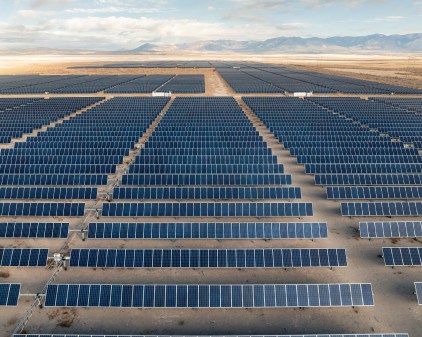A month before the Deepwater Horizon blast in the Gulf, Transocean — the world’s largest offshore drilling company, and owner of the drilling rig — expressed concern about “a series of serious accidents and near-hits” and commissioned a broad review of its safety culture, according to The New York Times.
The review focused on the company’s North American operations and specifically investigated four of Transocean’s rigs in the Gulf of Mexico, including the Deepwater Horizon. That review found that problems with safety and maintenance were not limited to the Deepwater Horizon rig, which in April exploded, sank and triggered the world’s largest accidental oil spill. Here’s the Times:
Transocean’s equipment documents reveal for the first time the severity of the maintenance issues that plagued the Deepwater Horizon, and they indicate that the company was aware of the consequences of the problems.
These new documents refer to at least 36 pieces of equipment in ill repair on the Deepwater Horizon that “may lead to loss of life, serious injury or environmental damage as a result of inadequate use and/or failure of equipment.”
As we’ve noted, Transocean and BP have traded blame over the disaster. BP, in particular, has criticized Transocean for maintenance lapses aboard the Deepwater Horizon, at one time finding that 390 items were overdue for maintenance.
But as both The Houston Chronicle and The Wall Street Journal pointed out, Transocean’s contract appears to largely shield it from having to pay cleanup costs, damages and fines associated with the spill.
The Chronicle pulled out some of the language from the contract:
(ii) Blow-out, cratering, seepage or uncontrolled release of hydrocarbons
Except as provided for under the provisions of Sub-article 21.5 (b) (i) but subject always to Sub-article 21.5 (b) (iv), COMPANY shall assume all responsibility for, including control, clean-up and removal of and shall release, defend, indemnify and hold harmless CONTRACTOR GROUP from all CLAIMS, howsoever caused and arising in relation to pollution or contamination which may result from fire, blow-out, cratering, seepage, or any other uncontrolled flow of oil, gas, wastes or other substance from any WELL arising out of the CONTRACT.
The full contract is posted online.
Transocean now has 14 rigs in the Gulf — and one of the four rigs that was investigated is currently being used by BP to drill one of its relief wells, according to the Times. A Transocean spokesman said that the fact that the company commissioned such safety reviews shows its commitment to safety and maintenance.
“Overall maintenance on the Deepwater Horizon met or exceeded regulatory and industry standards, and the company’s proactive review process helped the Deepwater Horizon log seven consecutive years without a single lost time incident or major environmental event prior to this incident,” the spokesman told the Times.














